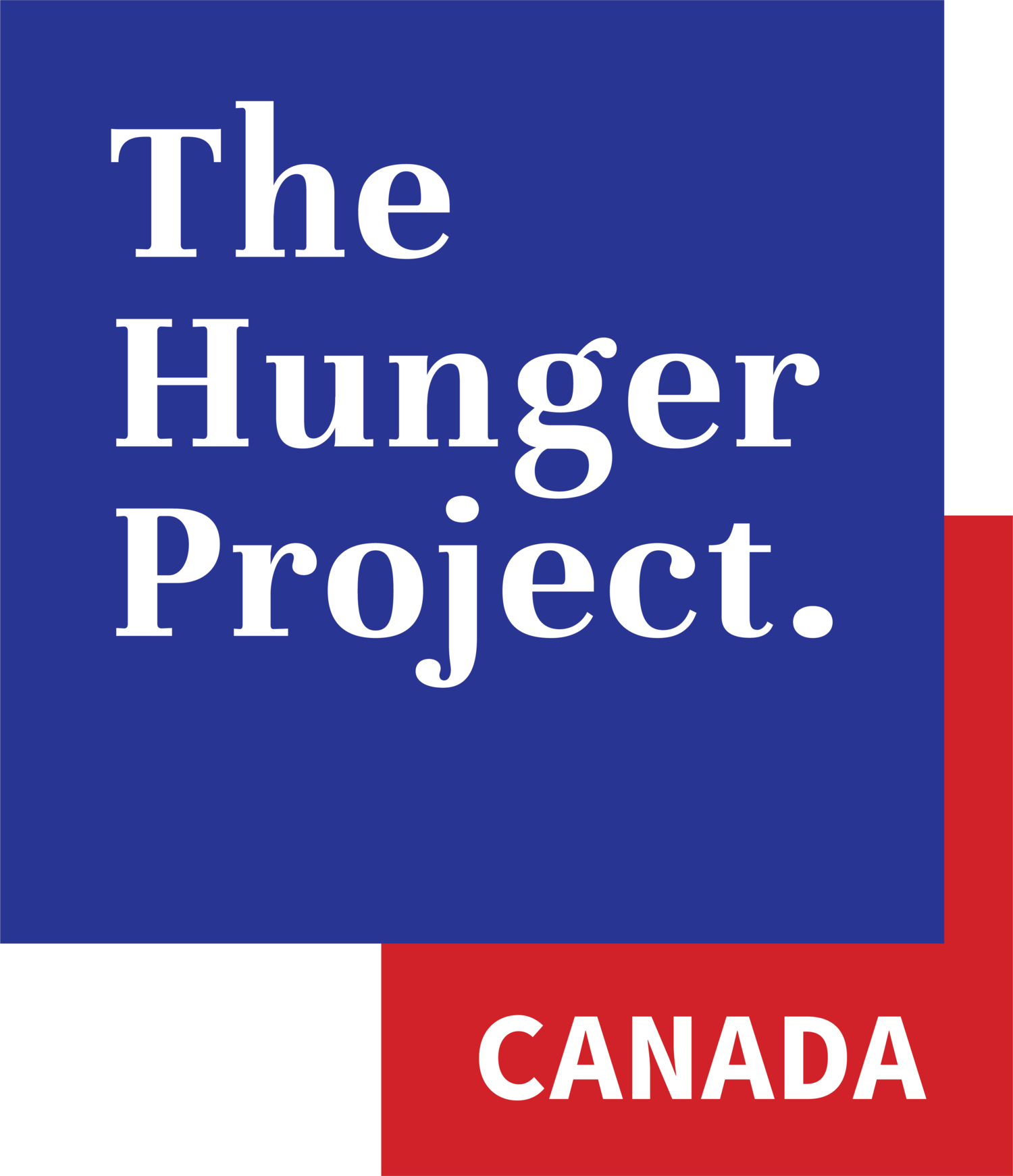11 Characteristics of Community-Led Development
One of The Hunger Project’s three pillars is mobilizing communities. Our strategies seek to build people’s capacities, leadership and confidence. We train women and men, equipping them with the skills, methods and knowledge needed to take self-reliant actions to improve their lives and conditions in their communities. In other words, we firmly believe in the power that community-led development can hold.
The Movement for Community-led Development (MCLD), a program of The Hunger Project, defines community-led development as “a development approach in which local community members work together to identify goals that are important to them, develop and implement plans to achieve those goals, and create collaborative relationships internally and with external actors—all while building on community strengths and local leadership.”
It’s characterized by the following 11 attributes:
Participation
Residents from all neighbourhoods, members of all socioeconomic categories, women, and people of colour are all included in all major development operations.
Voice
This pertains to the conception, planning, monitoring, and execution of programs, as well as their evaluation and adaptation. Having a voice entails being heard and taken into consideration when making decisions, as well as giving those who ordinarily lack a voice—such as the underprivileged, women, and minorities—confidence to speak up.
Community Assets
The program identifies, mobilizes, and recognizes local assets, such as money, goods, local expertise, and time.
Capacity Development
The program's foundation is the belief that local communities possess the capacity and ability to direct their own development. As a result, it makes significant investments in facilitators as well as the capacity building of neighbourhood organizations, including locally elected government.
Sustainability
This is defined as the institutionalization of the CLD strategy, the ongoing best use of available resources in the community, and their upkeep and maintenance. In other words, it’s anticipated that the CLD’s inclusive and participatory process will continue after the facilitating organization has left and that investments will be sustained.
Transformative Capacity
The program improves people's abilities to see their own success and to plan the steps necessary to get there. The program takes participants on a journey to break down social boundaries, get out of dependency, and beat despair. It involves fostering a mindset shift away from clientelism and dependence toward strength and vision.
Collective Planning and Action
Members of the community or groups within the community participate in the analytical process, have discussions about the present citation, and develop strategies and action plans to address the issues.
Accountability
The program employs multidirectional accountability, but the community's goal still takes centre stage. Continuous feedback loops between local authorities and communities, these two groups and the facilitating agencies, or the facilitating agency and significant public institutions are examples of other forms of accountability.
Community Leadership
The program fosters an atmosphere in which each person within the community can be acknowledged as a leader or engaged citizen who can bring about change. Co-creation is the main goal of community leadership.
Adaptability
The program uses learning, and adapting strategies based on current context and data; the program is open to failure.
Collaboration
This entails the process of creating horizontal and vertical solidarity both within and across communities. This brings about cooperation with regional governments.
Learn more about The Movement for Community-Led Development at mcld.org

